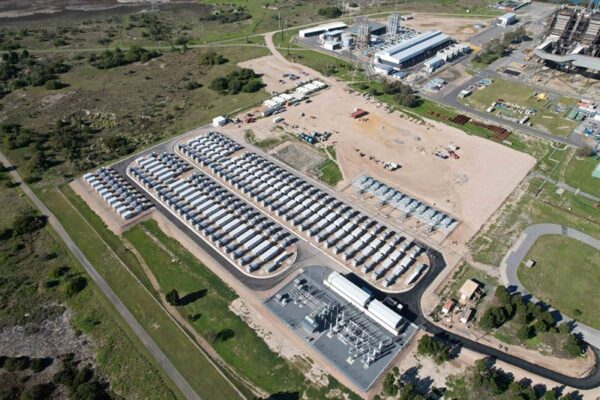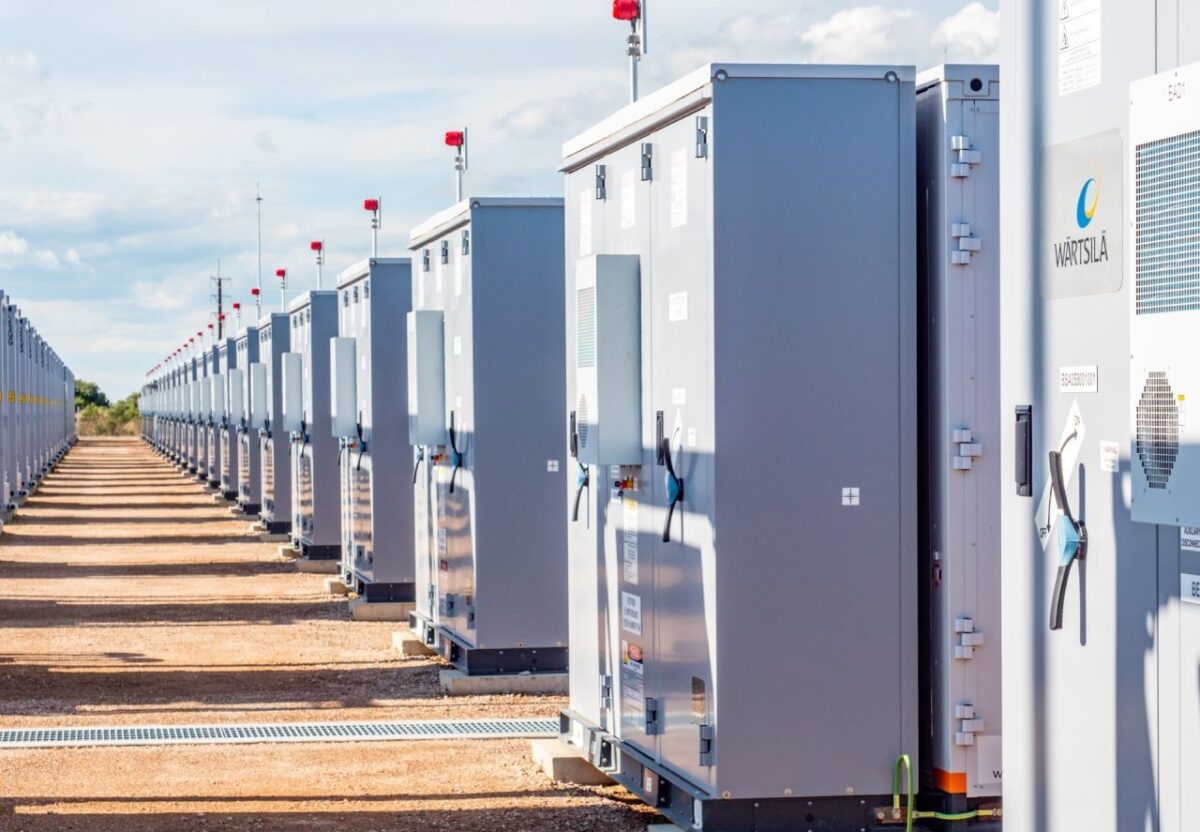AGL has turned on the second-largest operational battery in Australia at Torrens Island, just north of Adelaide. The 250 MW big battery is expected to play a critical role in transforming and supporting the reliability of renewables in South Australia.
AGL Chief Operating Officer Markus Brokhof said the battery, eclipsed only by French renewables developer Neoen’s 300 MW/450 MWh Victoria Big Battery, will provide additional firming capacity and flexibility for the grid.
“South Australia has the largest penetration of rooftop solar in Australia,” he said, noting that more than 70% of the state’s electricity is supplied by renewables. “This battery will respond to the requirements of the SA grid in milliseconds providing additional capacity and frequency control services when the system requires it.”
Sized at one hour storage but with the potential to extend the duration to four hours (1,000 MWh) in the future, the battery will initially operate in grid-following mode before transitioning to grid-forming mode (virtual synchronous generation).
“The technology which makes up this battery is remarkable,” Brokhof said.
AGL Chief Executive Officer Damien Nicks said the Torrens Island project forms part of the company’s broader ambition to have up to 5 GW of new renewables and firming in place by the end of the decade.
“This is a significant milestone in AGL’s transition journey as we continue to accelerate the build out of up to 12 GW of renewable and firming capacity by 2035,” he said.
“On this very site in the past four years, we have announced the closure of a thermal power station, built a flexible peaking plant and commissioned the second-largest battery in Australia. This is the energy transition in action. This battery is the second largest battery in Australia. It will provide enough electricity to power approximately 75,000 South Australian homes for one hour.”
Among the company’s other energy storage projects is a 50 MW/100 MWh battery under construction at Broken Hill in New South Wales, and a 500 MW/2 GWh battery planned for the Liddell power station site.
It is also planning a 500 MW battery with four hours of dispatchable capacity next to the Tomago aluminum smelter near Newcastle, and a 200 MW/800 MWh battery to be built at the Loy Yang A power station site in Victoria.

This content is protected by copyright and may not be reused. If you want to cooperate with us and would like to reuse some of our content, please contact: editors@pv-magazine.com.




1 comment
By submitting this form you agree to pv magazine using your data for the purposes of publishing your comment.
Your personal data will only be disclosed or otherwise transmitted to third parties for the purposes of spam filtering or if this is necessary for technical maintenance of the website. Any other transfer to third parties will not take place unless this is justified on the basis of applicable data protection regulations or if pv magazine is legally obliged to do so.
You may revoke this consent at any time with effect for the future, in which case your personal data will be deleted immediately. Otherwise, your data will be deleted if pv magazine has processed your request or the purpose of data storage is fulfilled.
Further information on data privacy can be found in our Data Protection Policy.